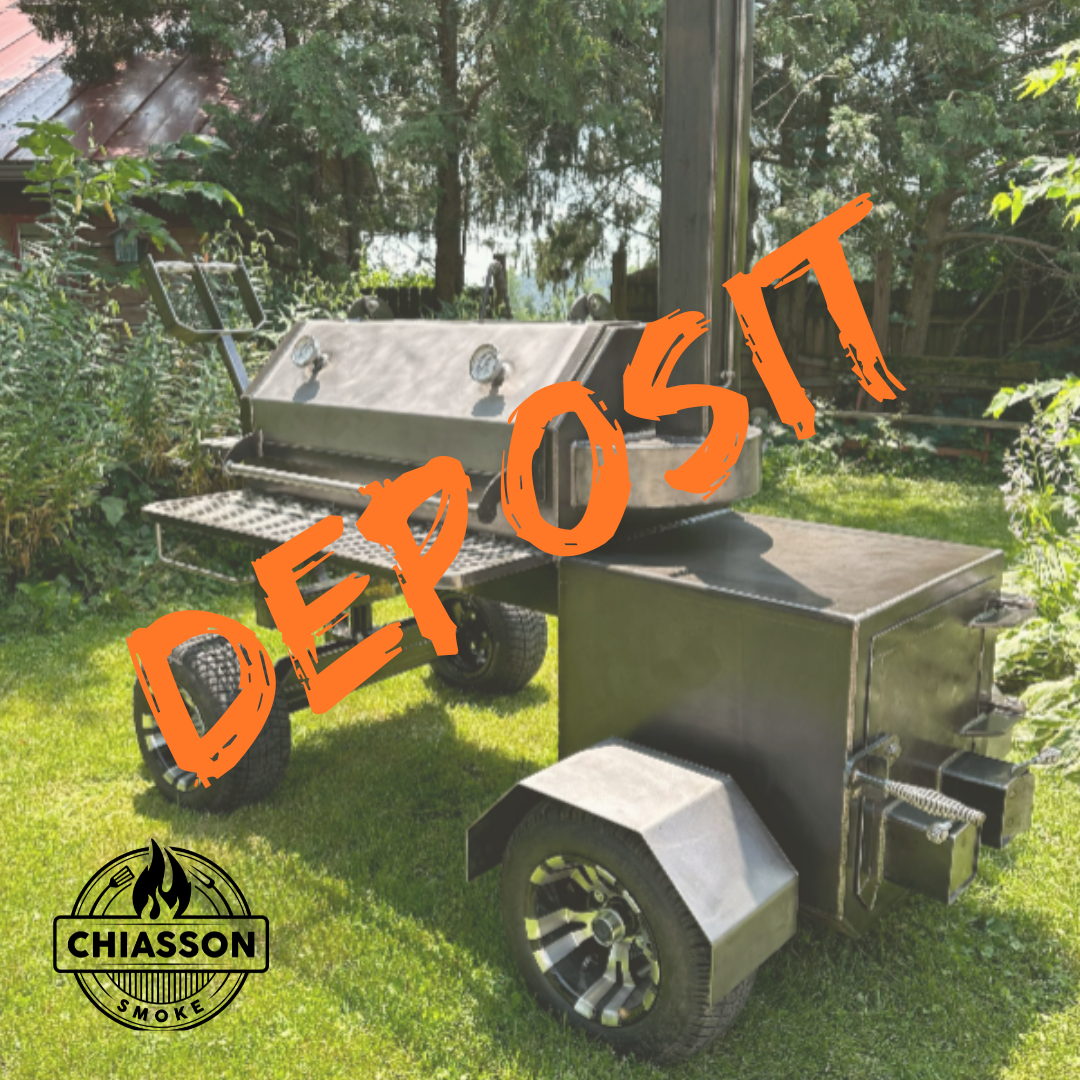Low and Slow vs. Hot and Fast
What Works Best?
The Great Debate
Cooking is kind of like picking your favorite superhero. Some people love the slow and steady method. Others swear by speed and sizzle. Whether you're smoking ribs or searing steak, the question pops up all the time: Should you cook low and slow or hot and fast?
Well, tie up your apron. We're diving into both styles to see which works best. Spoiler alert: it depends. But don't worry, we'll make it fun.
What Does "Low and Slow" Mean?
Low and slow means cooking food at a lower temperature for a longer time. Think of it like a cozy nap in a warm blanket. You’re using low heat, often between 200°F and 300°F, and letting the magic happen over hours (even though there are some recipes that only take an hour).
This method is super popular for smoking meats, roasting big cuts like brisket or pork shoulder, and even some baked goodies. It's perfect when you want flavors to go deep and textures to melt in your mouth.
What Does "Hot and Fast" Mean?
Hot and fast is all about cranking up the heat and getting food done quickly. Temperatures zoom up to 400°F and beyond. You might sear a steak, grill some burgers, or stir-fry veggies.
This method is great when you want a crispy outside and juicy inside. It gives food a nice "Maillard reaction" — a fancy term for that tasty brown crust that makes your mouth water.
Why Go Low and Slow?
1. Flavor Power-Up
Low heat gives seasonings time to soak deep into the food. If you’re smoking meat, the smoke has time to wrap around every bite like a flavorful blanket.
2. Tender, Juicy Meat
Tough cuts of meat have a lot of collagen. That’s the stuff that makes meat chewy. Cooking low and slow breaks it down, turning it soft and juicy. It’s like turning a boulder into butter.
3. Set It and Forget It
Once your food is going low and slow, you can relax. It doesn’t need constant flipping or poking. Just let it do its thing.
Why Go Hot and Fast?
1. Fast and Tasty
Hungry and in a hurry? Hot and fast has your back. You can cook a steak in minutes or make stir-fry in a flash.
2. Crispy, Crunchy, Golden
High heat makes the outside of food crispy and caramelized. That’s why pizza crusts, roasted veggies, and grilled cheese sandwiches taste so amazing.
3. Less Time, Less Fuss
Quick cooking means less waiting and sometimes less cleanup. Who doesn’t love that?
Let’s Talk Meat
Brisket
Low and slow is king here. Brisket is tough and needs time to get tender. Done right, it’s like meat candy.
Steak
Hot and fast wins this round. You want a quick sear to lock in juices and get a perfect crust.
Chicken Thighs
Works both ways! Low and slow makes them super juicy. Hot and fast gives crispy skin. Choose your adventure.
What About Veggies?
Potatoes
Roasted hot and fast: golden, crispy, and perfect.
Baked low and slow: soft and fluffy inside.
Carrots
Slow roasting brings out the sweetness.
Quick stir-fry keeps them snappy.
Tools of the Trade
Low and Slow:
Slow cooker
Oven set to low heat
Dutch oven
Hot and Fast:
Broiler
Wok
Make sure to take a look at our writeup on all the types of smokers for a full rundown of your options.
The Science Behind the Sizzle
Cooking is science. Low and slow breaks down fibers and melts fat. That’s why pulled pork shreds so easily.
Hot and fast triggers chemical reactions that create flavor. It’s why seared steak smells so good. That tasty crust? It’s science, baby.
What About Safety?
Low and slow must stay in the safe cooking zone. That means above 140°F. Don’t leave food out too long before heating. Use a meat thermometer. Always.
Hot and fast? You’re safer since high heat kills bacteria quickly. But don’t burn your food. Charred doesn’t always mean tasty. (Also make sure to follow special safety precautions when cooking with a rocket stove.)
Which One Saves More Money?
Low and slow takes more energy over time. But it lets you use cheaper cuts of meat.
Hot and fast uses less time and energy. But you might need better cuts of meat.
So it evens out. Pick what fits your wallet.
What’s Best for Leftovers?
Low and slow dishes reheat beautifully. Soups, stews, roasts — they taste even better the next day.
Hot and fast foods like fried items may lose their magic. That crispy crust might go soggy.
What About BBQ?
Let’s be honest. True barbecue is low and slow. It’s about smoke, patience, and flavor.
But you can cheat a little. Use hot and fast to finish something you started low and slow. Just don’t tell the BBQ purists.
Can You Mix Both?
Yes! That’s called the reverse sear. Start low and slow to cook meat evenly. Then hit it with high heat at the end for a golden crust.
It’s like giving your food a warm hug, then a high five.
Final Verdict
So which is better: low and slow or hot and fast?
It depends on what you’re cooking, how much time you have, and what you’re craving. Both methods are awesome. The real winner is flavor.
Cook with love. Cook with curiosity. Try both ways and see what makes your taste buds dance.
Because in the end, the best way to cook is the one that makes you happy.
Bonus: A Quick Cheat Sheet
Ribs: Low and slow
Pizza: Hot and fast
Roast beef: Low and slow
Fried eggs: Hot and fast
Pulled pork: Low and slow
Grilled cheese: Hot and fast
Now go fire up that oven or crank up the grill. Just don’t forget to taste test. A lot.








